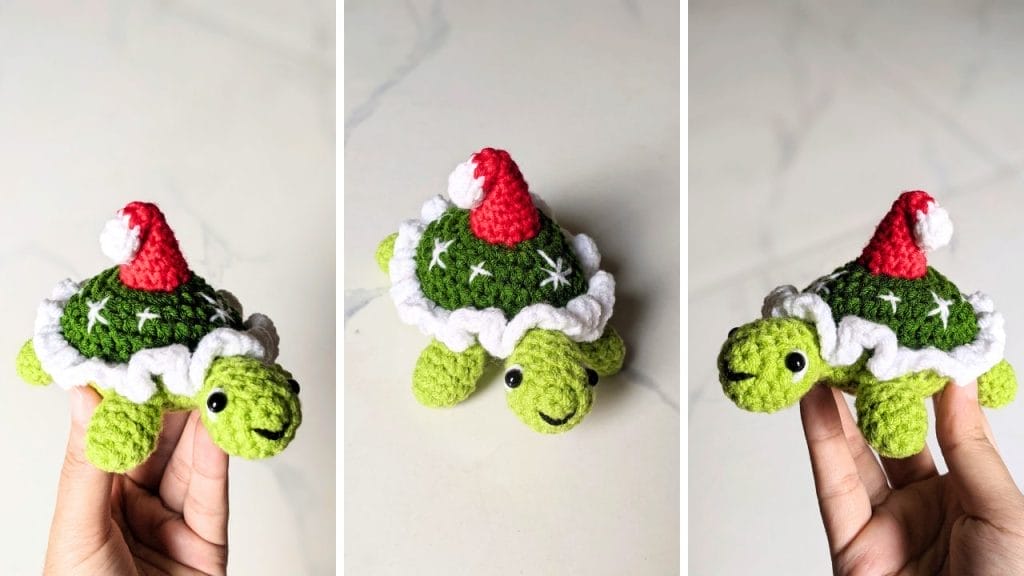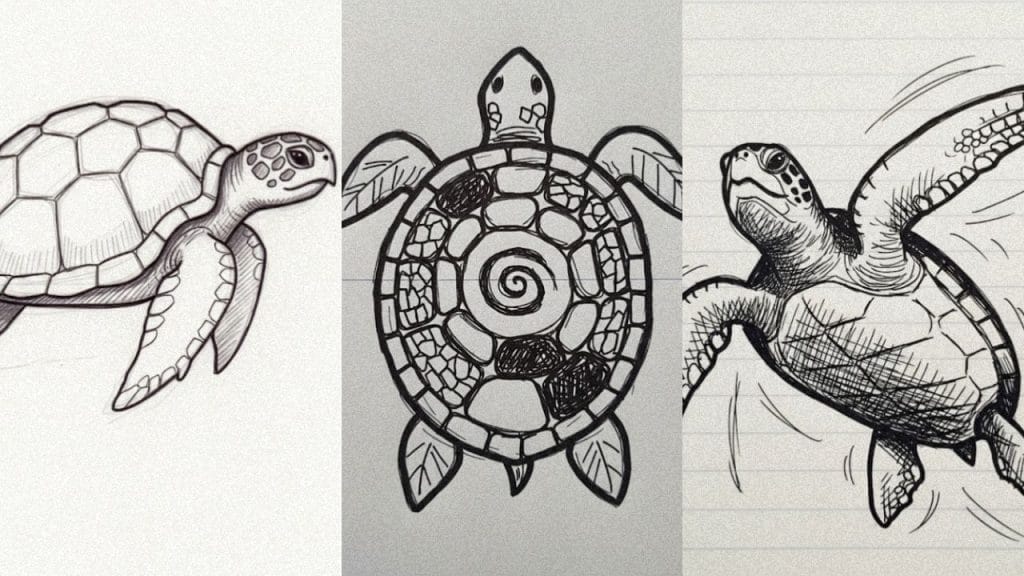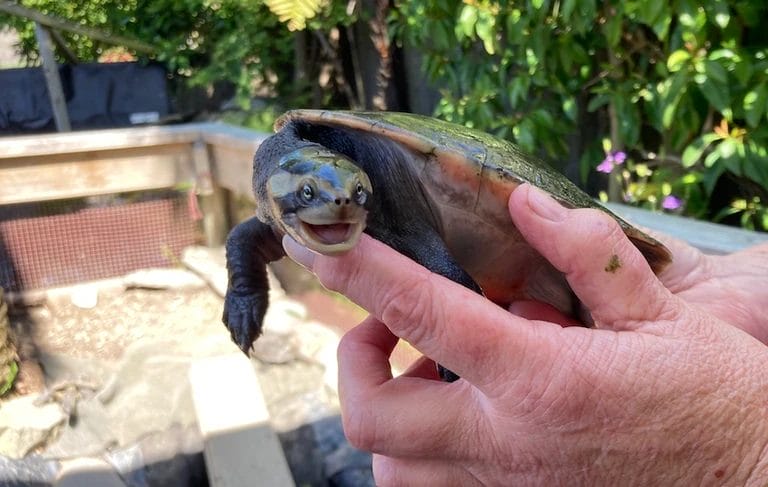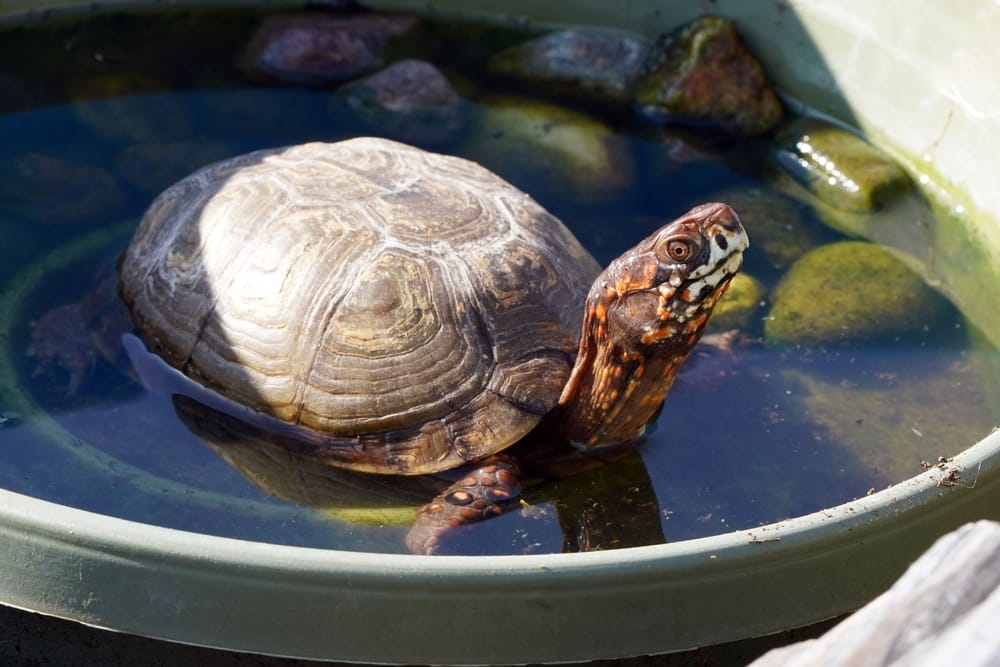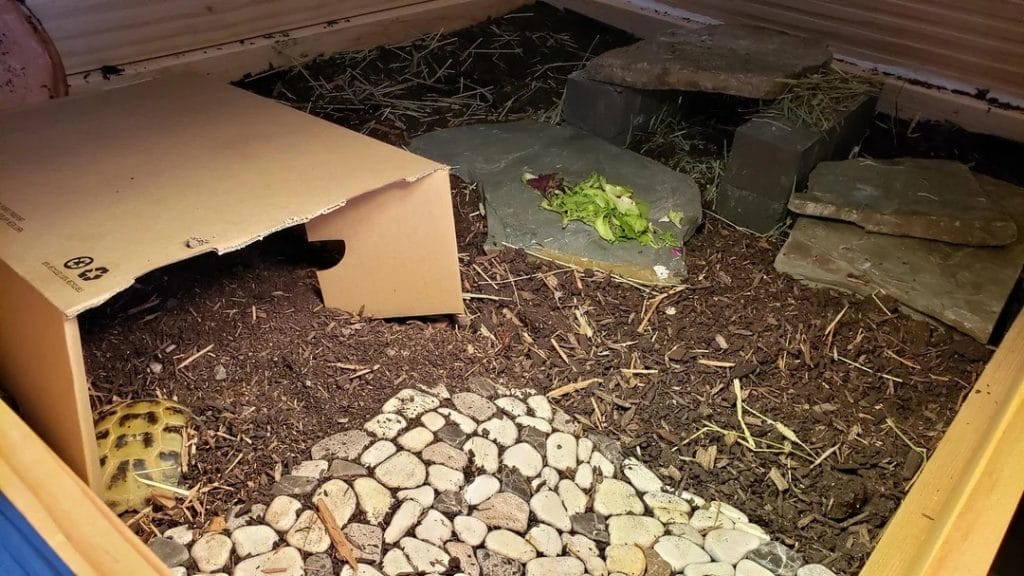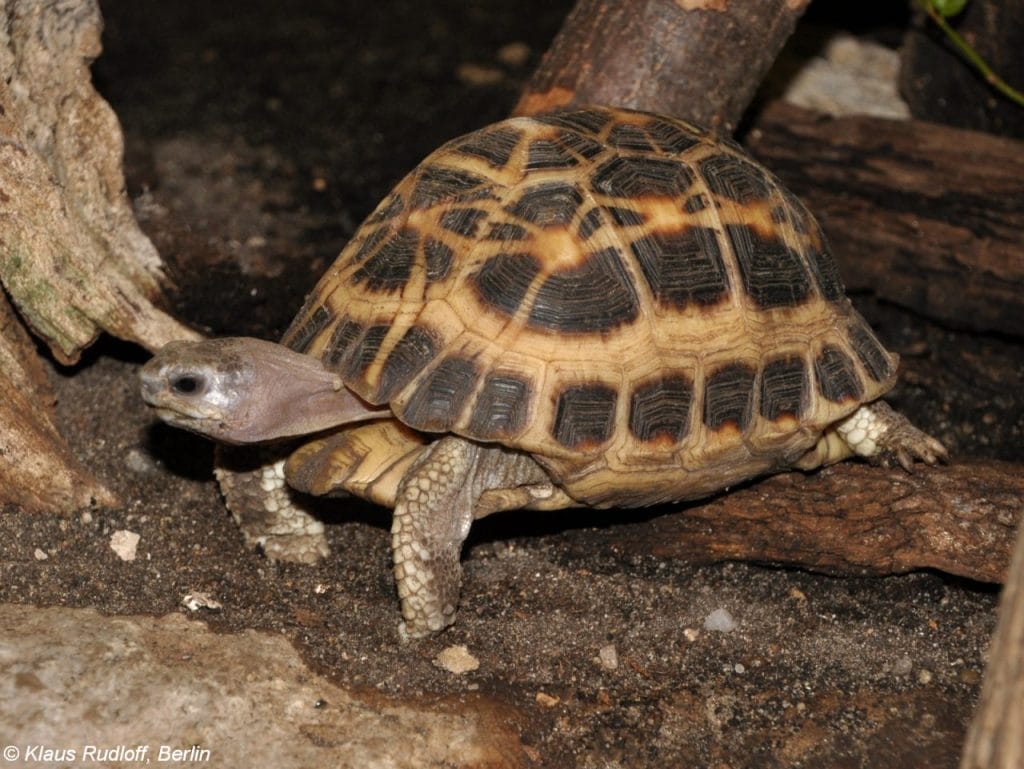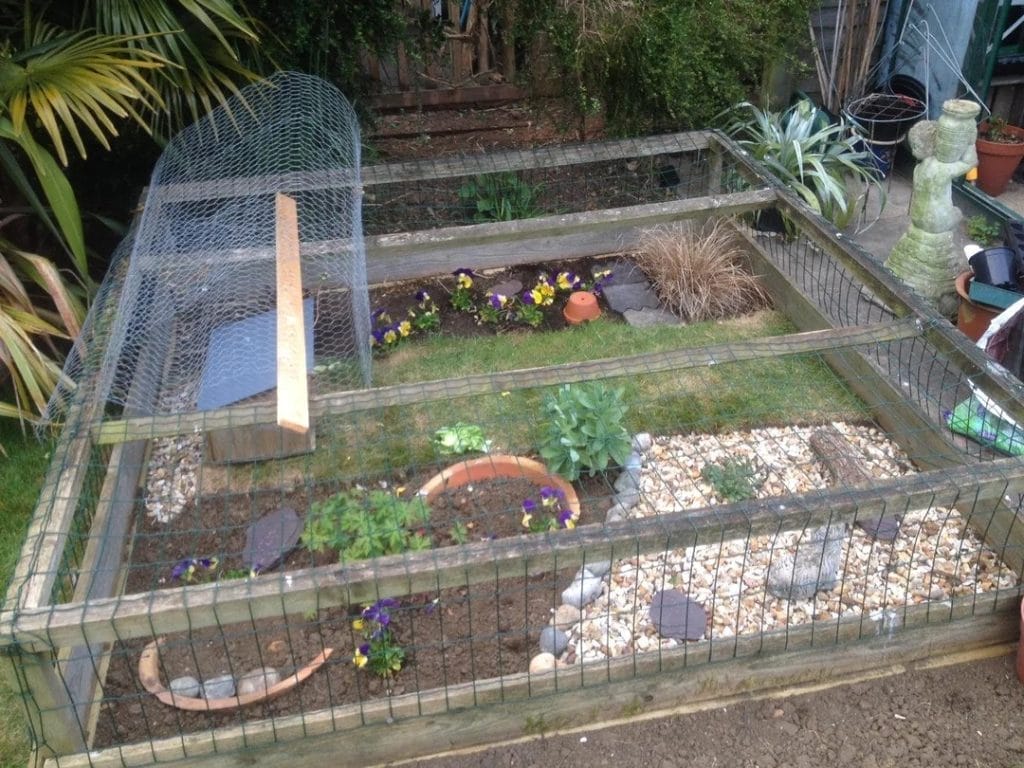Bog Turtle Care Manual [Step By Step Guide]

This post was created with help from AI tools and carefully reviewed by a human (Muntaseer Rahman). For more on how we use AI on this site, check out our Editorial Policy.
So you want to keep America’s tiniest turtle? Let’s talk.
The bog turtle is only 4.5 inches long when fully grown, but here’s the thing nobody tells you upfront: this little guy is federally threatened and critically endangered.
Before you fall head over heels for those adorable orange cheek spots, you need to understand what you’re getting into.
Why Bog Turtles Are Different (And Why That Matters)
Picture this: you’re scrolling through turtle photos and see this palm-sized creature with bright orange patches that look like tiny sunbursts on either side of its head.
It’s love at first sight.
But here’s where it gets complicated. These turtles are so rare and so endangered that owning one comes with serious responsibility.
We’re talking about a species that’s been around since before humans figured out how to make fire, and now they’re clinging to survival in scattered pockets across the eastern United States.

The Legal Stuff (Yes, You Have to Read This)
Let me be blunt: buying a wild-caught bog turtle is illegal, period.
The species has been federally protected since 1997. If someone’s selling you a bog turtle without paperwork proving it was captive-bred, walk away. Better yet, run.
Poachers have wiped out entire populations of these turtles, and you don’t want to be part of that disaster.
Only buy from reputable breeders who can prove their turtles are captive-bred. Do your homework. Ask questions. Demand documentation.
This Hilarious Turtle Book Might Know Your Pet Better Than You Do
Let’s be real—most turtle care guides feel like reading a textbook written by a sleep-deprived zookeeper.
This one’s not that.
Told from the snarky point of view of a grumpy, judgmental turtle, 21 Turtle Truths You’ll Never Read in a Care Guide is packed with sarcasm, sass, and surprisingly useful insights.
And hey—you don’t have to commit to the whole thing just yet.
Grab 2 free truths from the ebook and get a taste of what your turtle really thinks about your setup, your food choices, and that weird plastic palm tree.
It’s funny, it’s honest, and if you’ve ever owned a turtle who glares at you like you’re the problem—you’ll feel seen.
Setting Up Your Bog Turtle Habitat
Here’s where most people mess up: they think “small turtle equals small tank.”
Wrong.
Tank Size Requirements
Minimum for one turtle: 3 feet x 2 feet (that’s 6 square feet of floor space)
For two turtles: Double that space, minimum
Think of it like this: would you want to live your entire life in a walk-in closet? Your turtle shouldn’t either.
The Land and Water Setup
Bog turtles need roughly equal parts shallow water and dry land. This isn’t a swimming pool situation, it’s a wetland recreation project.
Water depth: Never deeper than the length of your turtle’s shell. We’re talking shallow puddles and seeps, not Olympic diving pools.
The water should have varying depths so your turtle can choose where to hang out. Sometimes they want ankle-deep water, sometimes they want to wade through barely-wet mud.

Substrate Choices
The land area needs soft substrate that mimics their natural bog habitat:
- Fine mulch
- Leaf litter
- Peat moss mixed with damp sand (50/50 ratio)
- Coconut husk fiber
Skip the gravel. Your turtle needs to burrow, and trying to burrow through gravel is like trying to dig through a parking lot.
Hiding Spots Are Non-Negotiable
Bog turtles are secretive little things. In the wild, they spend most of their time buried in mud or hiding under vegetation.
Give them multiple hiding spots:
- Half-buried terracotta pots
- Cork bark pieces
- Hollow logs
- Dense plantings of bog plants (wild iris, cattails, papyrus)
If your turtle can see you at all times, it’s stressed. Period.
Temperature and Lighting (The Make-or-Break Details)
Get this wrong and your turtle will get sick. Get it right and your turtle will thrive for 30-40 years (yes, you read that correctly).
Temperature Zones
Your enclosure needs different temperature zones:
| Zone | Temperature Range |
|---|---|
| Basking spot | 85-90°F |
| Air temperature | 75-85°F |
| Water temperature | 65-75°F |
Think of it like having different rooms in your house. Sometimes you want to be in the hot tub, sometimes you want to chill in the living room.
UVB Lighting Is Critical
Without proper UVB exposure, your turtle’s shell will develop metabolic bone disease. The shell will get soft, deformed, and painful.
Install a quality UVB bulb over the basking area. Not a regular light bulb from Target. A proper reptile UVB bulb.
Replace it every 6 months even if it still lights up, because the UVB output degrades over time.
Seasonal Light Cycles
Bog turtles are smart enough to know when it’s summer and when it’s winter. Mimic natural day length:
- Summer: 16 hours of light
- Winter: 10 hours of light
Use timers so you don’t have to remember to switch lights on and off.
Feeding Your Bog Turtle (The Fun Part)
Bog turtles are omnivores with a preference for animal matter. In the wild, they’re opportunistic eaters who’ll munch on whatever they can catch or find.
The Diet Breakdown
Animal protein (about 2/3 of diet):
- Crickets
- Earthworms
- Mealworms
- Small snails and slugs
- Tiny pieces of fish
- Occasional pinky mice (for adults)
- High-quality canned cat food (sparingly)
Plant matter (about 1/3 of diet):
- Duckweed
- Berries (strawberries, blueberries)
- Dark leafy greens (romaine lettuce, kale)
- Small pieces of melon
- Carrots
Feeding Schedule
- Adults: 3-4 times per week
- Juveniles: Every day
Dust food with calcium powder 3 times weekly and multivitamins once weekly. This isn’t optional if you want healthy shell growth.
Feeding Tips That Actually Work
Feed your turtle during daylight hours. They’re diurnal, meaning they’re active during the day and sleep at night.
Don’t feed during the hottest part of the day. Even in captivity, bog turtles follow their instinct to hide during peak heat.
Keep a separate feeding dish so substrate doesn’t get mixed into the food. Nobody likes eating dirt with their dinner.
Water Quality (More Important Than You Think)
Bog turtles often poop in their water. It’s just what they do.
Change the water daily. Use dechlorinated water. Tap water with chlorine is toxic to turtles.
If you’re using a flow-through water system, expect high sediment levels from the peat moss substrate. Standard filtration systems will clog constantly, so plan for frequent maintenance.
The water should be slightly acidic to mimic natural bog conditions. Adding a bag of peat moss to the water (like in a stocking) helps lower pH naturally.
Male vs. Female Housing
Here’s a critical detail: Never house multiple male bog turtles together.
Males are territorial and will fight. We’re not talking about minor scuffles, we’re talking about serious battles that can result in injury or death.
One male with multiple females? That can work with enough space and hiding spots.
Multiple females? Usually fine, but watch for bullying.

Health Problems to Watch For
Respiratory Infections
Symptoms: Wheezing, bubbles from nose, lethargic behavior
Cause: Water or air temperatures too cold
Bacterial Infections
Symptoms: Shell rot, swollen eyes, refusal to eat
Cause: Poor water quality, high pH levels
Metabolic Bone Disease
Symptoms: Soft shell, deformed growth, lethargy
Cause: Inadequate UVB exposure or calcium deficiency
If you see any of these symptoms, get to a reptile vet immediately. Don’t try to diagnose and treat at home.
Hibernation (Brumation) Considerations
Wild bog turtles hibernate from mid-September through mid-April, buried in mud or under tree roots.
In captivity, this gets tricky.
Some experienced keepers successfully brumate their turtles. Others keep them active year-round by maintaining warm temperatures.
If you’re a beginner, do not attempt brumation. It’s complex, risky, and requires precise temperature and humidity control. One mistake can kill your turtle.
The Personality Factor
Here’s something amazing: bog turtles are remarkably intelligent for turtles.
They learn to recognize their caretakers. They’ll come to associate you with food and will often swim to the front of the enclosure when they see you.
Some keepers report their bog turtles have distinct personalities. Some are bold and curious. Others are shy and prefer to observe from hiding spots.
Give your turtle time to adjust. A new bog turtle might not eat for several weeks while it settles into its new home.

Breeding (For Advanced Keepers Only)
Bog turtles breed readily in captivity when conditions are right.
Females lay 2-6 eggs (usually 3-4) once per year, typically in June.
The eggs incubate for 42-80 days depending on temperature. Unlike some turtle species, bog turtle sex is genetically determined, not temperature-dependent.
Hatchlings are incredibly tiny, measuring less than 1 inch long. They’re delicate and require specialized care.
Unless you’re an experienced reptile breeder with the resources to care for baby bog turtles, leave breeding to the professionals.
The Bottom Line
Caring for a bog turtle isn’t impossible, but it’s not casual either.
These are long-lived animals that require consistent care, proper equipment, and genuine commitment. You’re looking at potentially 30-40 years of daily water changes, weekly feeding, and constant habitat maintenance.
But if you’re willing to put in the work? You get to care for one of North America’s rarest and most fascinating turtles. You get to observe behaviors that researchers are still studying. You get to be part of the reason this species doesn’t vanish from the planet.
That’s not just pet ownership. That’s conservation happening in your living room.
Quick Reference Checklist
Before You Buy:
- [ ] Found a reputable captive breeder
- [ ] Verified captive-bred documentation
- [ ] Checked local/state laws regarding ownership
- [ ] Calculated total setup costs (expect $300-500 minimum)
- [ ] Committed to 30-40 years of care
Essential Equipment:
- [ ] Enclosure minimum 3×2 feet
- [ ] UVB bulb and fixture
- [ ] Heat lamp and fixture
- [ ] Timers for lights
- [ ] Thermometers for multiple zones
- [ ] Shallow water dishes
- [ ] Hiding spots (multiple)
- [ ] Appropriate substrate
- [ ] Water dechlorinator
- [ ] Calcium and vitamin supplements
Weekly Care Tasks:
- [ ] Daily water changes
- [ ] 3-4 feedings per week (adults)
- [ ] Temperature monitoring
- [ ] Spot-clean substrate
- [ ] Observe for health issues
Monthly Care Tasks:
- [ ] Deep clean enclosure
- [ ] Replace substrate as needed
- [ ] Check/clean filters
- [ ] Trim overgrown plants
Every 6 Months:
- [ ] Replace UVB bulb
- [ ] Full habitat inspection
- [ ] Weigh turtle and check growth
Remember: owning a bog turtle isn’t about having a cool exotic pet. It’s about being a guardian for one of the planet’s most vulnerable species. Take that responsibility seriously, or don’t take it at all.
About Author
Muntaseer Rahman started keeping pet turtles back in 2013. He also owns the largest Turtle & Tortoise Facebook community in Bangladesh. These days he is mostly active on Facebook.


